Wobbler - the most popular POS material?
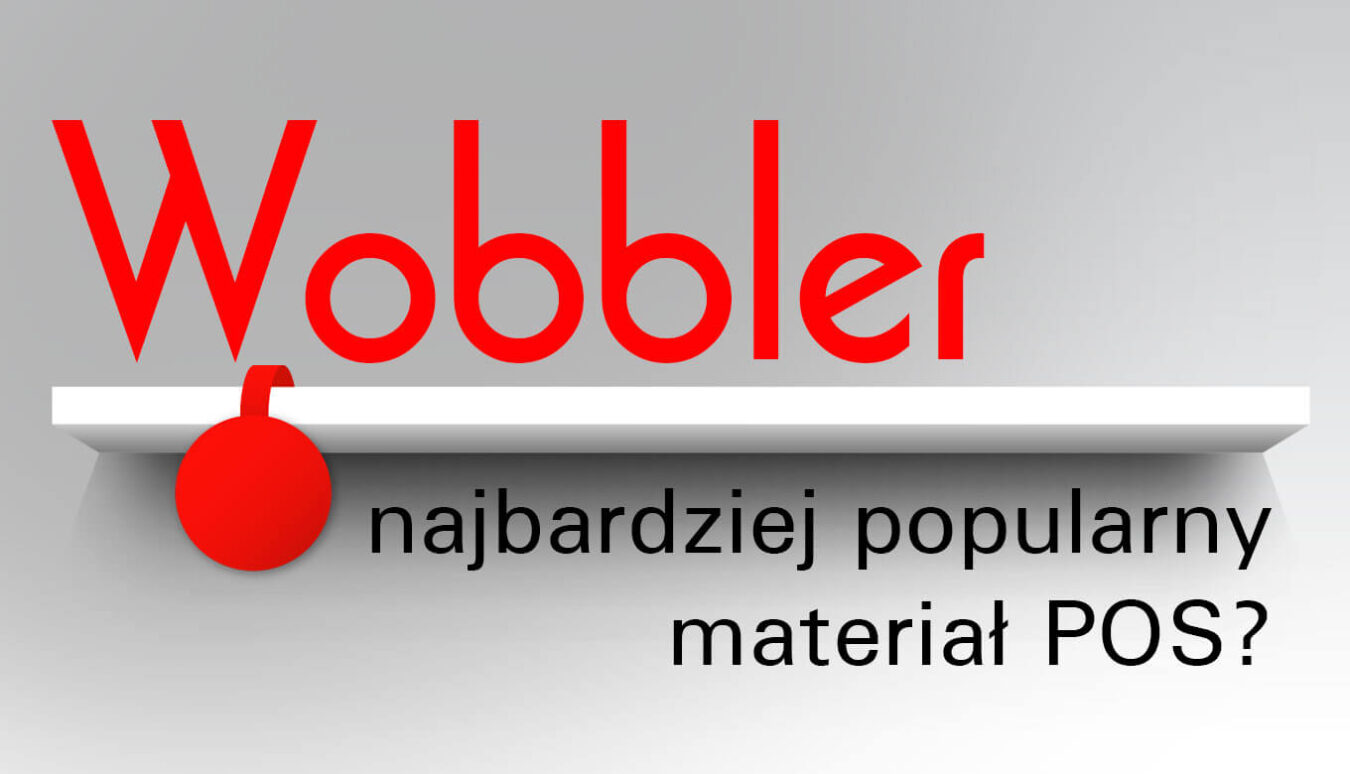
The wobbler is probably the most popular tool of any trade marketer. In fact, there is probably no in-store promotional campaign that does not use it nor is there a trade marketer who hasn’t created one at least once in their life.
Finally, as many as 19% of shoppers say that their primary source of information about promotion is communication placed at the shelf*.
Since everyone already knows everything about wobblers, this article is just a short summary of this very popular product in our business. Just in case, I have categorized all available types of wobblers depending on two characteristics, namely their function and the raw material used to make it.
What are wobblers made of?
- Wobbler printed on cardboard without a die-cut or with a standard die-cut (such as a 15 cm circles). It’s the easiest and cheapest to produce. The most common raw material for wobblers is 250g cardboard; the arm (holder) is made of PET. It comes with either spot or full UV varnish. How much does it cost to make 100 wobblers?

- Wobbler printed on cardboard with custom die-cut. The price of this solution is only slightly higher than the basic version. After all, the cost of a new die-cutting machine ranges approximately from PLN 300.00 to PLN 500.00. The UV spot varnish option is also often used here.
How much does it cost to print such a wobbler?
- Wobblers printed on cardboard with additional elements moved away. Their construction is similar to those described in Sections 1 or 2 above, but they have additional details slightly off the main plane. The production cost is higher than in previous solutions, but it also looks totally different. In this case, it is important to test its arm (handle). The front of the wobbler itself is heavier than usual, so typical arms may be too weak (they will either peel off or sag downwards as they are simply too heavy). How much does it cost to produce a spring wobbler? Ok. …. when you order 1000 pcs.
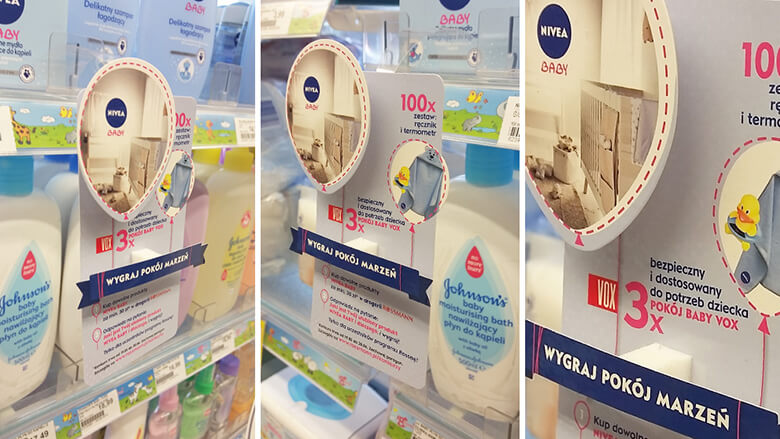
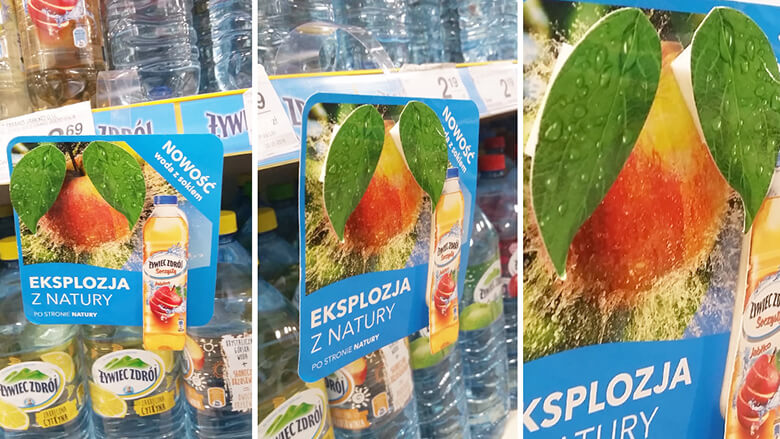
Special tasks material – PP or PVC
The second most popular raw material is plastic (PP or PVC?). It is, of course, more expensive, but works very well in fridges, damp places and wherever the wobbler needs to hang longer for or make a bigger impression.
- Wobblers on 0.5 mm PVC are also offset printed. Just like other cardboard products, in this case you can use ready-made standard die-cuts usually available, or order something custom-made. How much does a PVC wobbler cost?
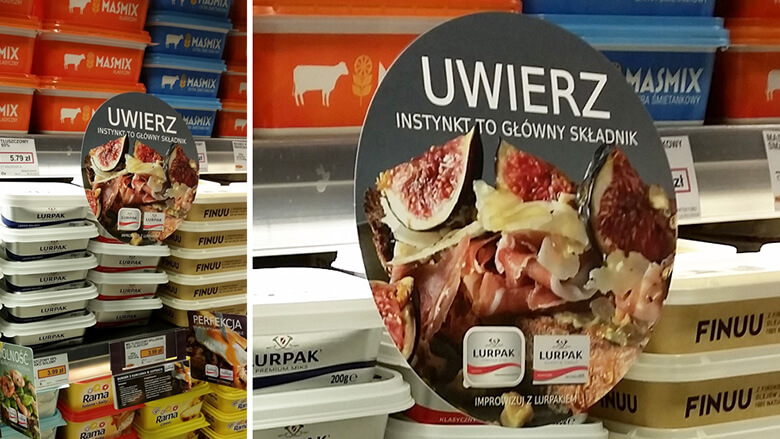
- Plastic gives us extra possibilities, such as embossing. With this effect, well-designed graphics will emphasise the important elements such as packshots even more.
How much does it cost to produce a wobbler with embossing?
- This group also includes 3D wobblers with lenticular print. The colloquial term for lenticular prints is “flicker”. Depending on the desired effect, they can give you an impression of depth or changing graphics.
How much does it cost to make a wobbler with lenticular print?
Finally, a whole series of special constructions. It is proof that both clients and their agencies are looking for unique and original solutions, often without sparing their efforts or budgets.
- Wobblers with moving parts. They can be used to educate customers by using the right communication structures.
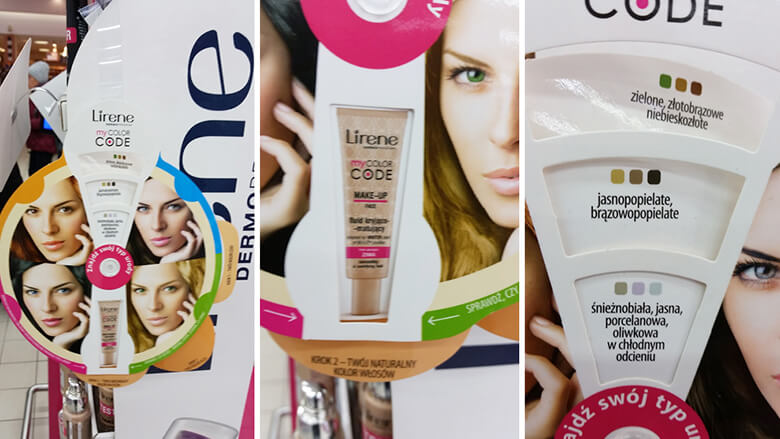
- Scented wobblers – or aroma marketing in the micro version. They use special fragrance sachets that gradually release the scent. Such wobblers can release the scent for up to two weeks!
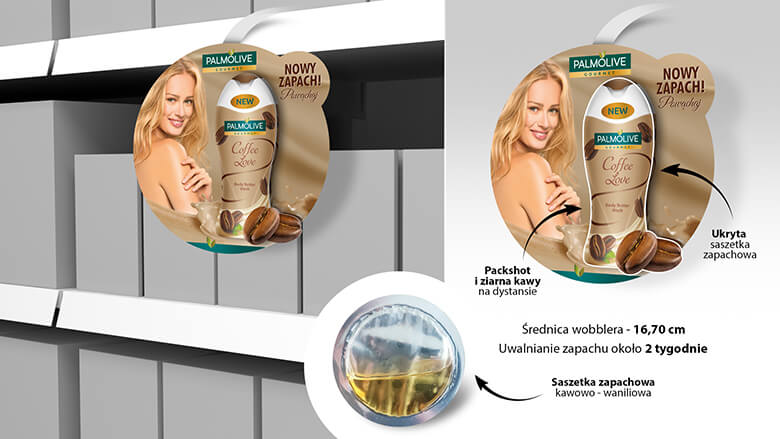
- Wobblers with LED light glued in. One flashing LED requires very little power. You need typical watch batteries for this. A wobbler powered this way can flash for up to several months, so for a small extra charge (how much?), you can get a flirty illuminating advert.
- Wobblers with a pile of leaflets. This is an extremely interesting custom form of POSM. It ensures that you provide your customers with an extra message on leaflets, which is available right under their noses. You should remember, though, to use an arm/holder that is thick enough and an adhesive tape that is strong enough. The whole structure is much heavier than usual, so these parameters must be adjusted accordingly.

Finally, some extra observations.
- The way you mount a wobbler to a shelf. From what I have seen, PHs hardly ever stick wobblers directly on the shelves anymore. More and more often, they are simply put behind the price bar. Actually, nothing is surprising about it as the adhesive tape leaves dirt on the surface it is stuck to, even though there is not much of it on the wobbler arm.

- The arm (aka holder) is usually made from PP (polypropylene). However, aluminium arms are becoming more and more common. The price difference between the PET arms and the aluminium arm is small (PLN 0.15 – 0.20 per piece) and you can precisely level a wobbler with that type of arm to the height you need.
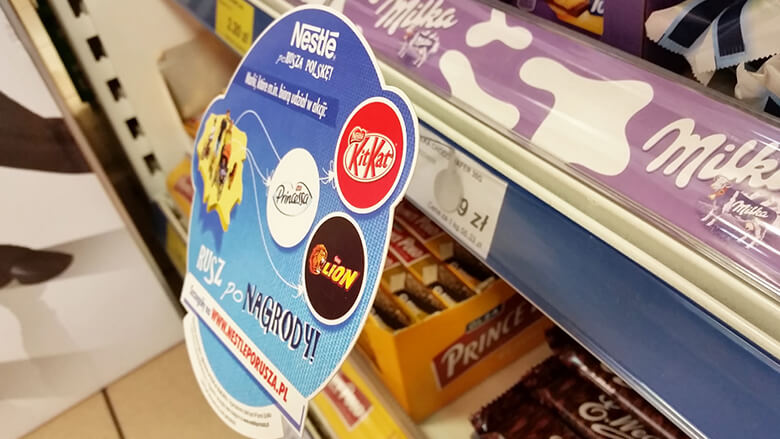
- In addition to their standard application for shelf labelling, wobblers can also provide a sort of automatically triggered “pop-up” labelling from bulk packaging. This is particularly important for goods sold in discount stores, where you cannot install typical in-store campaigns. In this case, an SRP (Shelf Ready Packaging) is placed in the packaging with an appropriately glued wobbler, which “installs” itself on the shelf when you open the box.

To sum up: With a creative client’s or its agency’s approach, a typical POS material such as a wobbler can also be a custom POS material.
* Open Research 2016 Shoppers’ Perspective research

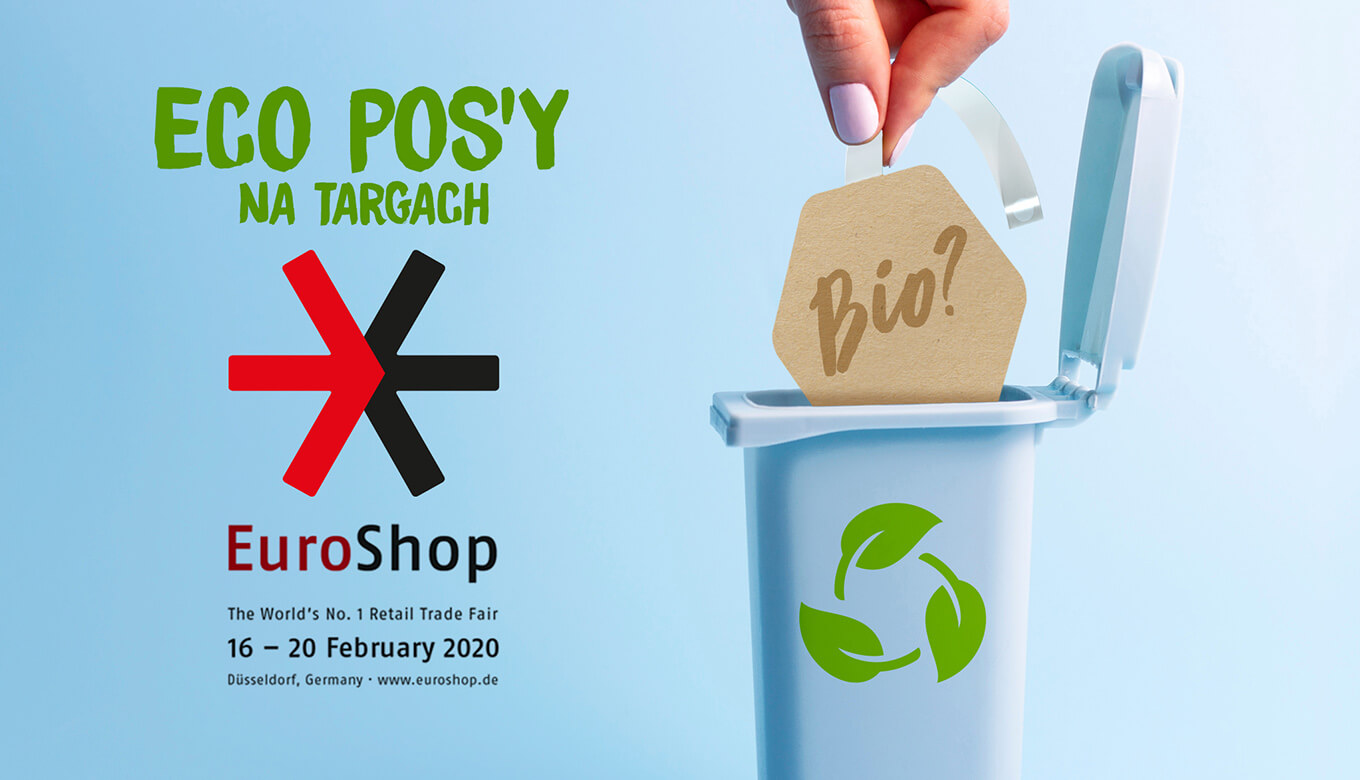

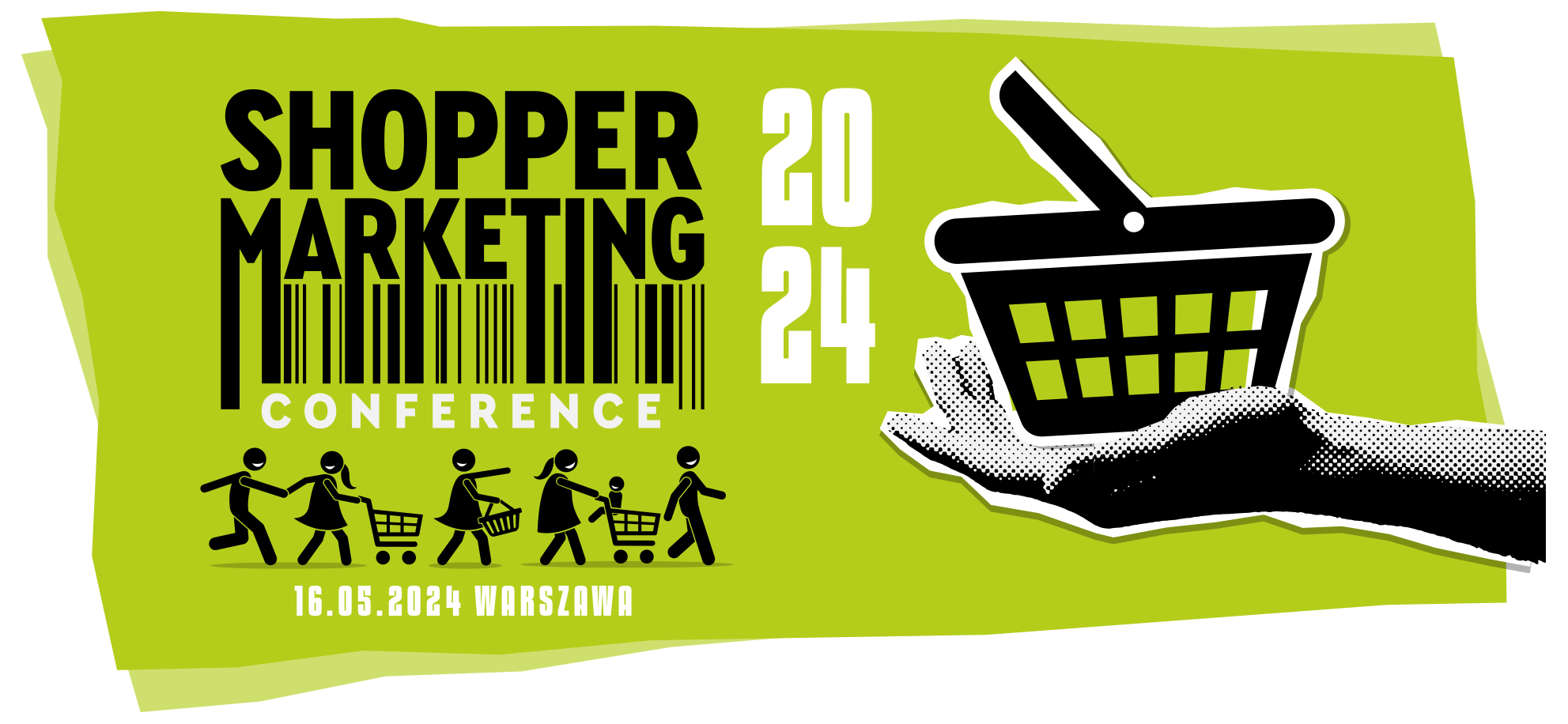 Zarejestruj się na konferencję
Zarejestruj się na konferencję